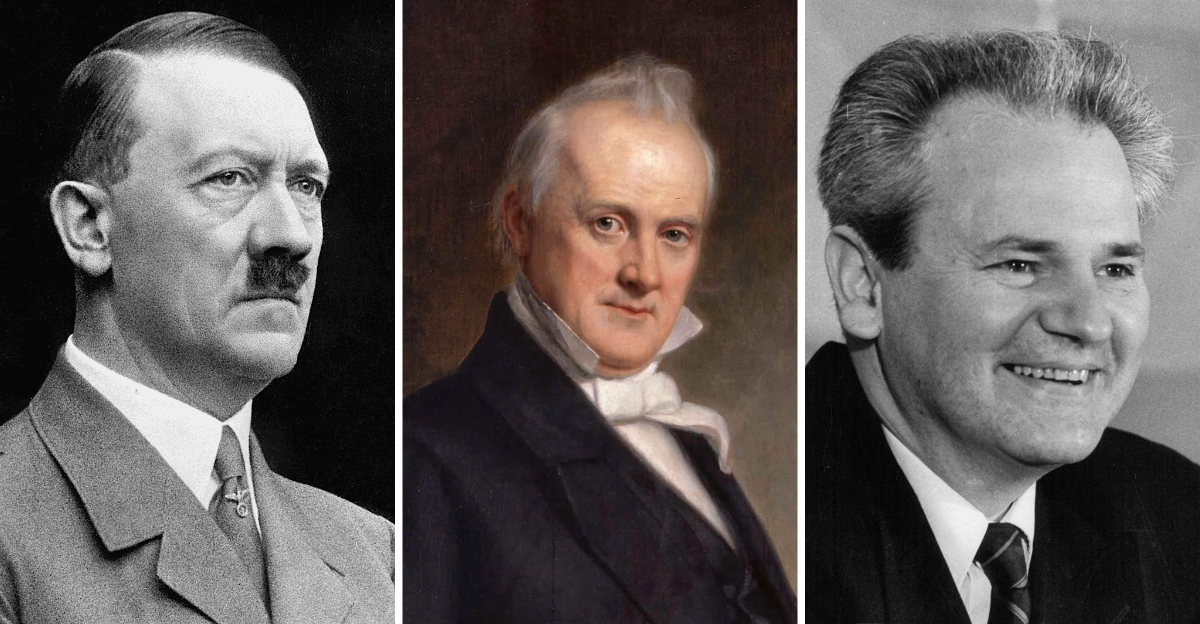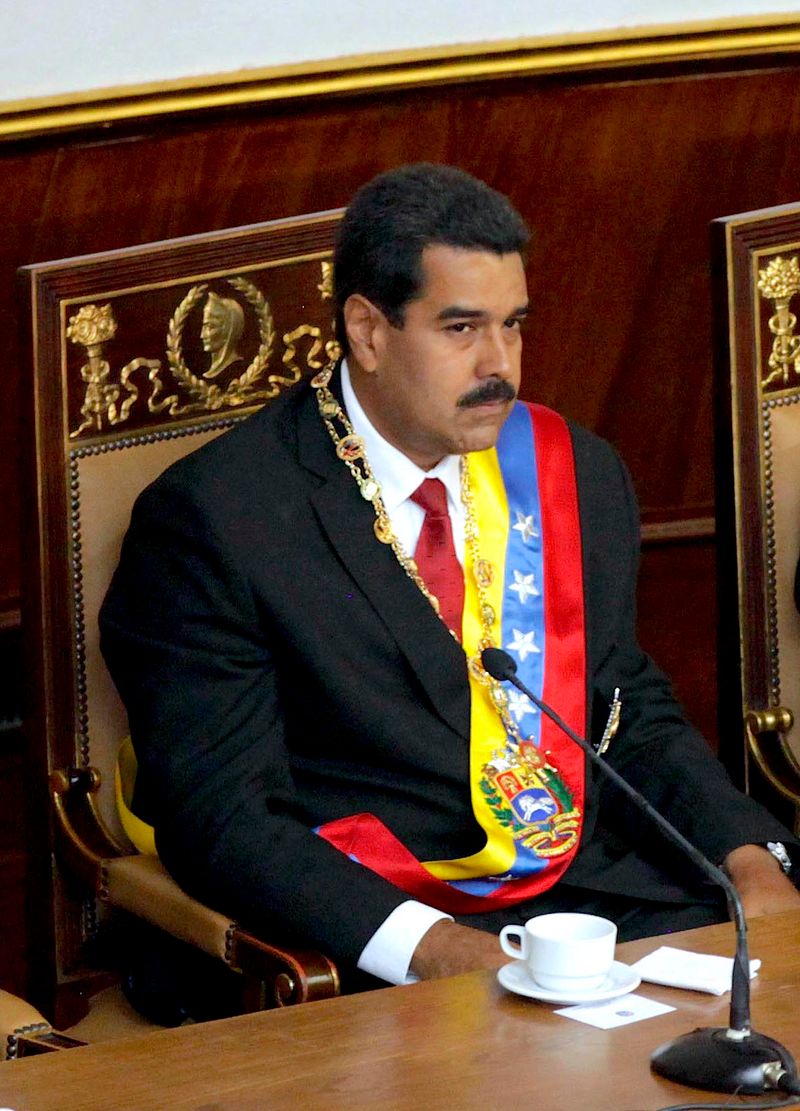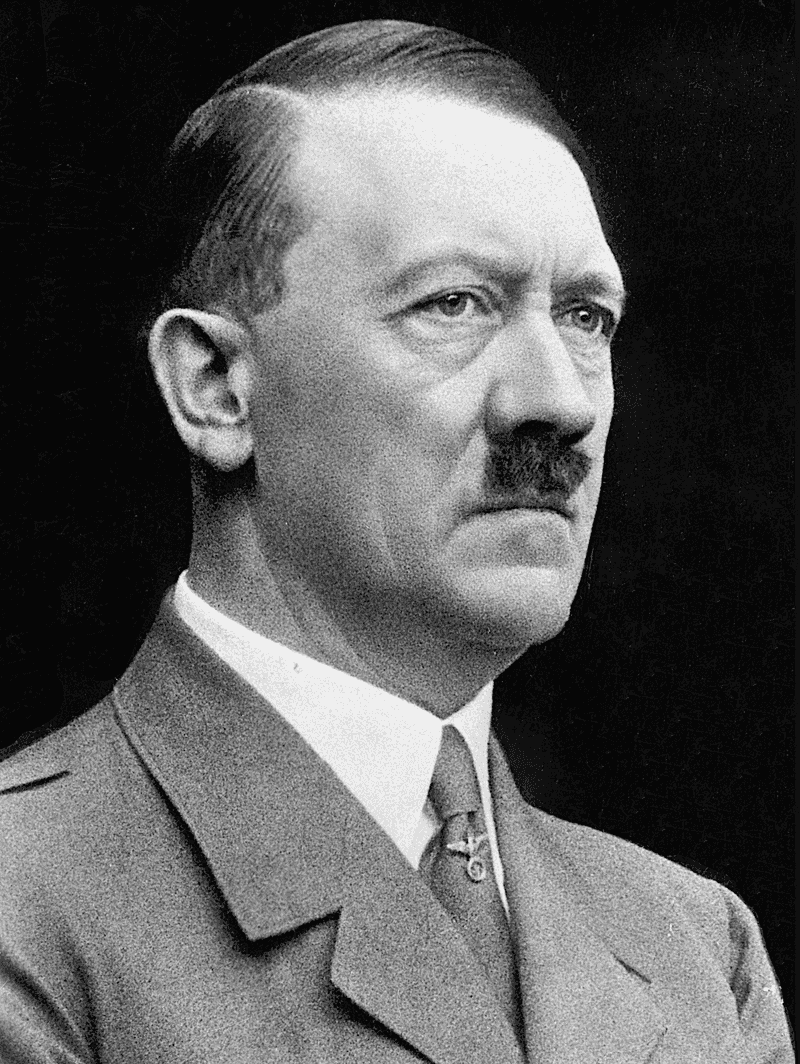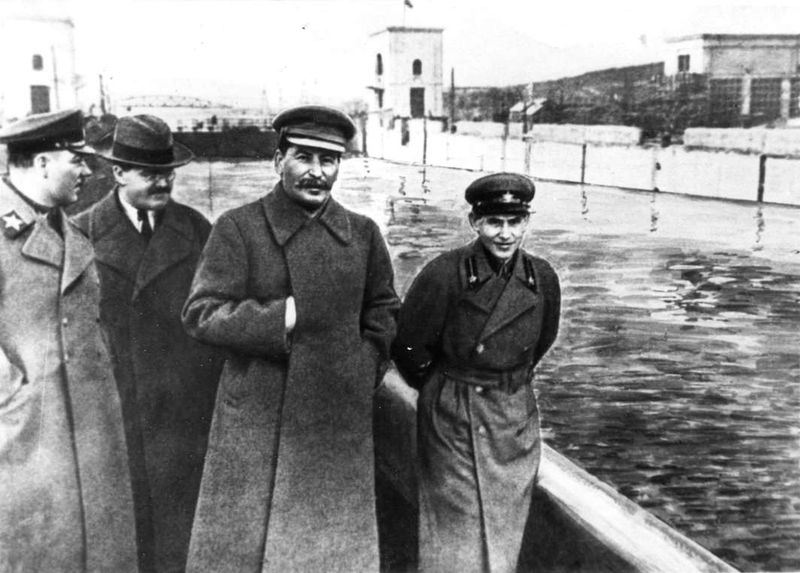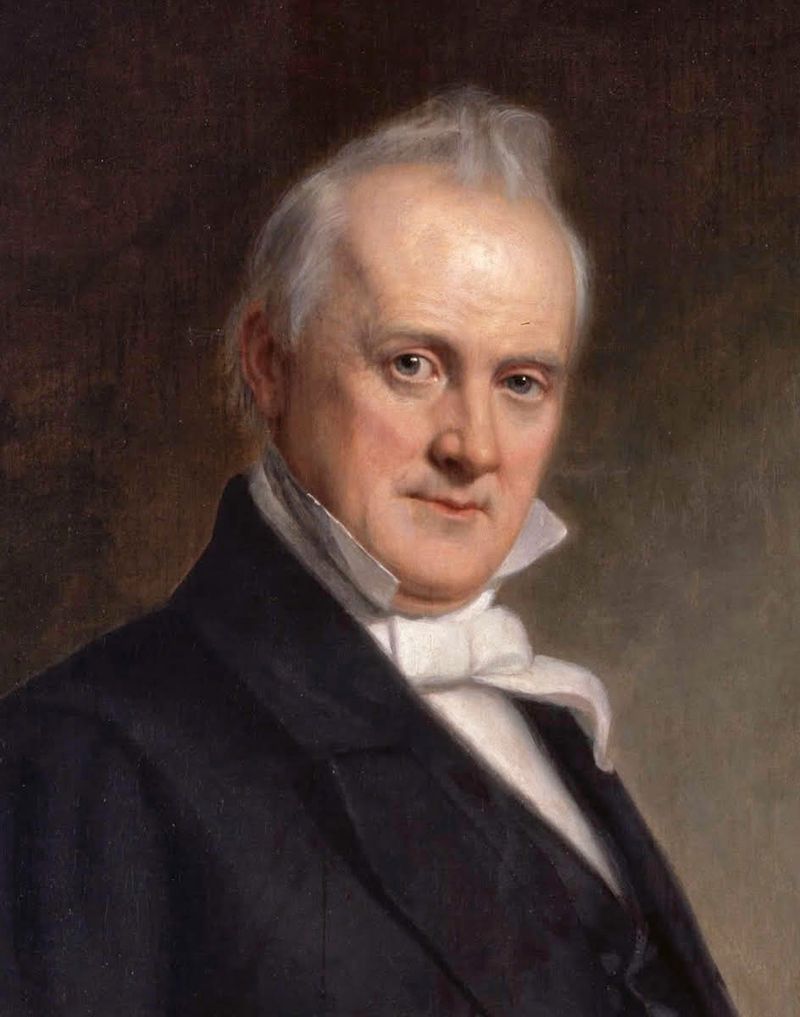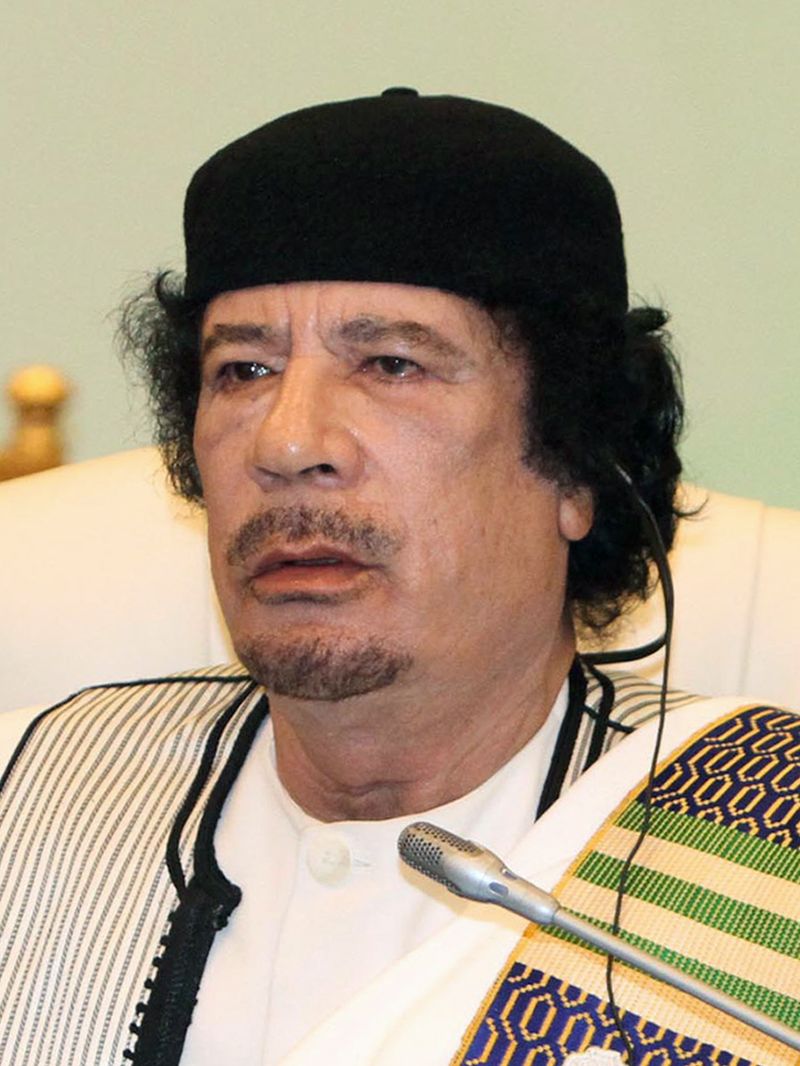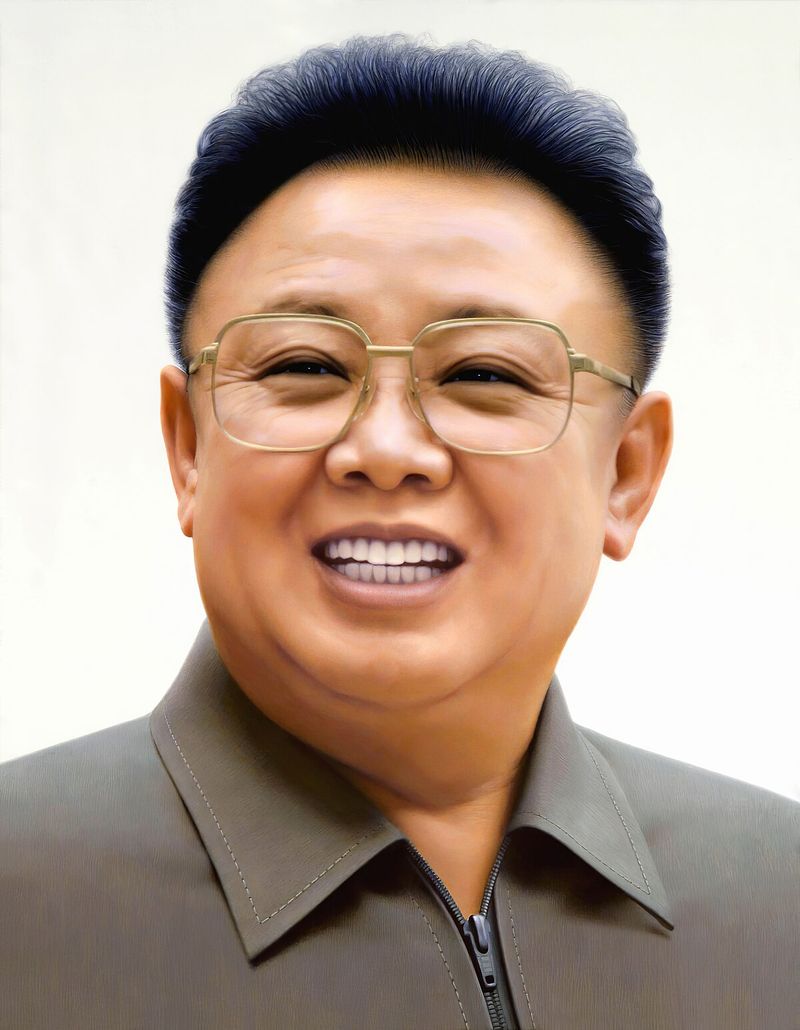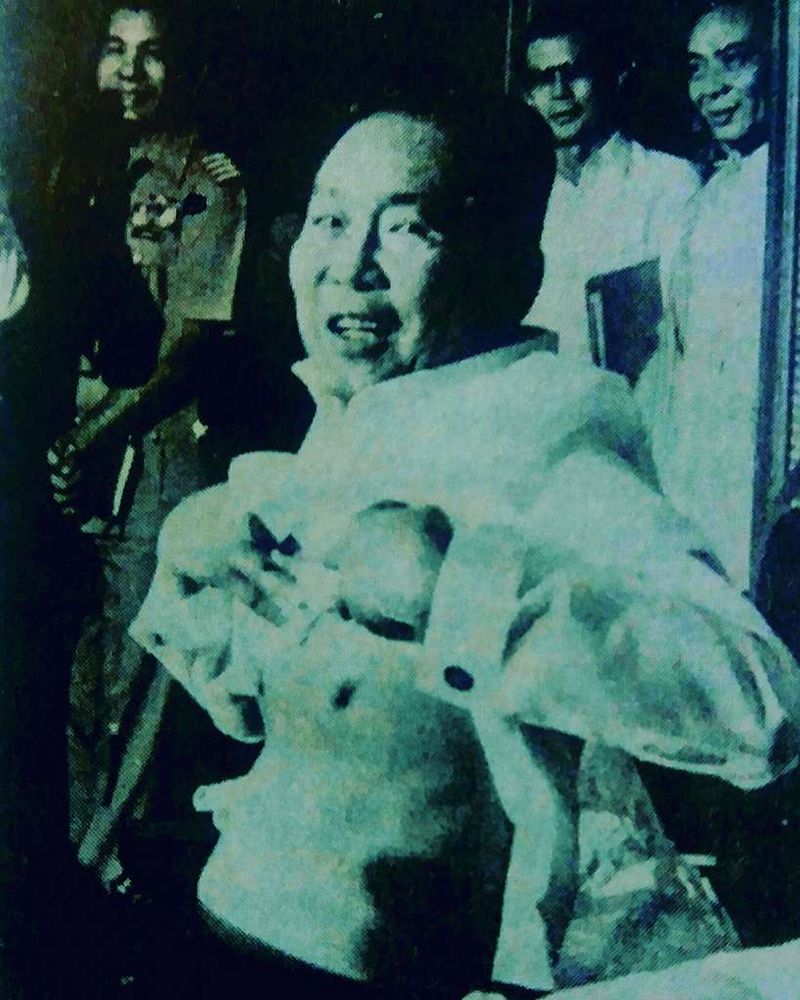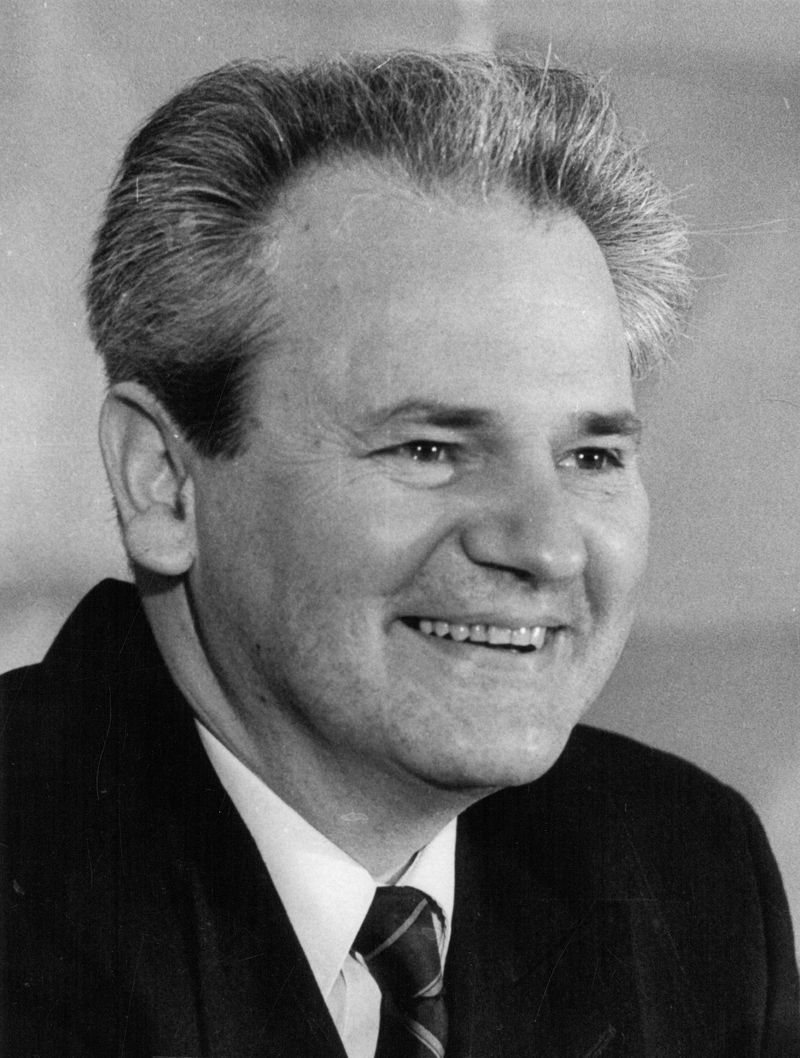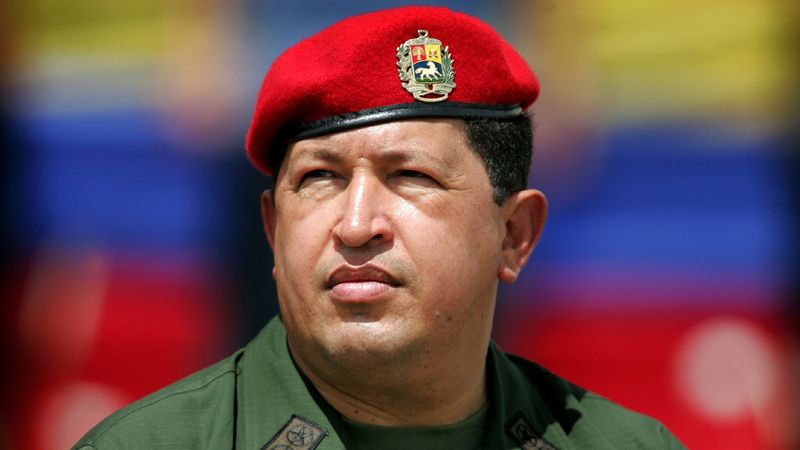Throughout history, world leaders have made decisions that led to catastrophic outcomes for their nations. Some were driven by greed, others by ideology, and yet others by sheer incompetence. This list explores 13 instances where leaders, through their actions, severely impacted their countries’ well-being, leaving lasting damage and turmoil. Each entry is a testament to how the choices of a few can warp the destinies of many, offering lessons in leadership and cautionary tales of hubris.
1. Nicolas Maduro’s Economic Collapse
Nicolas Maduro’s tenure as President of Venezuela has been marked by economic collapse. His policies, such as price controls and over-reliance on oil, led to hyperinflation. Shelves emptied, and basic goods became luxuries. Many Venezuelans fled, seeking better prospects abroad.
His government’s inability to address these issues further deepened the crisis. International sanctions added fuel to the fire, isolating Venezuela economically. The infrastructure crumbled, and blackouts became routine. The nation’s rich oil reserves, once a boon, couldn’t save its faltering economy.
It’s a stark reminder of how mismanagement can devastate a country’s prosperity.
2. Adolf Hitler’s Catastrophic War
Adolf Hitler’s aggressive expansionism led to World War II, devastating Europe and leading to millions of deaths. His quest for Aryan supremacy caused widespread destruction and suffering.
The war crippled Germany’s economy and infrastructure. Cities lay in ruins, and the human toll was staggering. Hitler’s decisions brought about the Holocaust, one of history’s darkest chapters.
His leadership serves as a warning of how extremist ideologies can lead to global catastrophe. Germany’s post-war recovery was long and painful, highlighting the vast impacts of militaristic aggressions on a nation.
3. Joseph Stalin’s Great Purge
Joseph Stalin’s rule over the Soviet Union was marked by the Great Purge, a brutal campaign of political repression. Millions were executed or sent to labor camps, silencing dissent and instilling fear.
The purges decimated the intellectual and military elite, crippling the nation’s development. Resources were squandered on surveillance and maintaining control. The human cost was immense, with families torn apart.
Stalin’s paranoia and ruthless tactics left a legacy of distrust and trauma. It highlights the perils of absolute power, where governance turns into tyranny, stifling progress and humanity.
4. James Buchanan’s Inaction Before the Civil War
James Buchanan, the 15th President of the United States, is often criticized for his inability to mitigate the rising tensions between the North and South. Supporting pro-slavery policies only fueled the divide, while his inaction as Southern states began to secede left the nation teetering on the brink. Buchanan’s leadership appeared weak and indecisive, creating a crisis that his successor, Abraham Lincoln, had to confront head-on.
Buchanan’s failure to act decisively is seen as a major catalyst for the American Civil War, earning him the reputation of one of the worst U.S. presidents in history.
His presidency serves as a grim reminder of the impact of neglecting pressing national issues. Leaders must actively address the challenges faced by their countries to avoid repeating such history-altering mistakes.
5. Robert Mugabe’s Economic Destruction
Robert Mugabe’s reign over Zimbabwe saw one of the worst economic downfalls in modern history. His land reform policies displaced skilled farmers, crippling agriculture. The economy spiraled, leading to hyperinflation, with currency becoming worthless.
Grocery shelves were barren, and unemployment soared. People resorted to bartering as a survival mechanism. Infrastructure decayed, and healthcare collapsed. Mugabe’s defiance of international pressures worsened isolation.
His legacy is a complex mix of liberation heroism and economic ruin. Zimbabwe’s experience underscores the importance of stable economic policies and the dangers of prioritizing political power over citizen welfare.
6. Pol Pot’s Genocidal Regime
Pol Pot led Cambodia through a period of brutal genocide under the Khmer Rouge. His vision of an agrarian utopia led to the deaths of approximately two million people. Intellectuals and professionals were targeted, creating a devastating brain drain.
Economic structures crumbled, and extreme labor camps became death zones. The regime’s brutality left deep scars on the Cambodian populace, with survivors tormented by memories of lost relatives.
Pol Pot’s rule is a chilling reminder of ideology taken to extremes. Cambodia’s subsequent efforts at recovery have been slow, underscoring the long-lasting impacts of such tyranny.
7. Idi Amin’s Brutal Rule
Idi Amin’s rule over Uganda was marked by extreme violence and economic ruin. His expulsion of Asians devastated the business sector, leading to shortages and economic collapse.
Amin’s military escapades and human rights abuses earned him international condemnation. The Ugandan populace faced terror, with countless lives lost or displaced.
His governance left lasting damage on Uganda’s social and economic fabric. Amin’s actions demonstrate the destructive power of unchecked military might and prejudice. Uganda’s journey to recovery has been arduous, with the nation still grappling with the shadows of his dictatorship.
8. Saddam Hussein’s Authoritarian Control
Saddam Hussein ruled Iraq with an iron fist, leading to decades of conflict and isolation. His invasion of Kuwait prompted international backlash and severe sanctions.
The Iraqi people suffered under his oppressive regime, with public executions and suppression of dissent. Economic hardships were commonplace, exacerbated by wars and sanctions.
Hussein’s leadership illustrated the perils of unchecked authoritarianism and aggressive foreign policies. Iraq’s path to rebuilding has been fraught with challenges, as the nation strives to overcome the legacy of his rule and restore stability and peace.
9. Mao Zedong’s Cultural Revolution
Mao Zedong’s Cultural Revolution aimed to preserve Communist ideology by purging remnants of capitalist and traditional elements. His policies led to social upheaval and economic stagnation.
Intellectuals were persecuted, and educational institutions were in turmoil. The campaign fractured Chinese society, fostering mistrust and fear.
Mao’s quest for ideological purity stifled innovation and progress, and the human cost was immense. China’s path to modernization was delayed, illustrating the dangers of ideological fanaticism in governance. The Cultural Revolution remains a profound lesson in the need for balanced leadership and open-mindedness.
10. Muammar Gaddafi’s Chaotic Legacy
Muammar Gaddafi’s rule over Libya was characterized by erratic policies and widespread corruption. His regime’s fall led to chaos, with Libya plunging into civil strife.
Gaddafi’s authoritarian control stifled political freedom, and his eccentric leadership style garnered international attention. Post-Gaddafi, Libya became a battleground for factions vying for power.
His legacy is a cautionary tale of how despotism can destabilize a nation. Libya’s journey towards peace and democracy is ongoing, highlighting the long-term consequences of authoritarian rule and the challenges of building a stable state.
11. Kim Jong-il’s Isolated Regime
Kim Jong-il’s leadership of North Korea entrenched the nation’s isolation and economic stagnation. His focus on military might drained resources needed for societal development.
The populace suffered from food shortages, and human rights abuses were rampant. International sanctions deepened the isolation, with North Korea remaining cut off from global progress.
Kim’s regime exemplifies the costs of prioritizing military power over citizen welfare and international cooperation. North Korea’s challenges continue, with the nation striving to break free from its past and build a more prosperous future.
12. Ferdinand Marcos’ Corrupt Rule
Ferdinand Marcos’ presidency in the Philippines was marred by corruption and authoritarian rule. His imposition of martial law curtailed freedoms and led to massive human rights violations.
Marcos amassed a notorious fortune, bankrupting the country. Public outrage eventually led to his ouster, but the Philippines faced significant economic and social challenges.
His tenure is a testament to the dangers of unchecked power and greed in leadership. The Philippines’ recovery illustrates the resilience of its people and the ongoing fight against corruption and for democratic governance.
13. Slobodan Milošević’s Nationalistic Aggression
Slobodan Milošević’s nationalistic policies fueled ethnic tensions in the Balkans, leading to devastating conflicts. His aggressive stance on territorial issues prompted international intervention.
The wars resulted in atrocities, with countless lives lost and communities displaced. Economic sanctions further isolated Serbia, exacerbating hardships for its citizens.
Milošević’s leadership highlights the destructive power of nationalism and the necessity for diplomatic resolution. The Balkans’ journey towards peace and reconciliation is ongoing, serving as a reminder of past conflicts and the need to foster unity amidst diversity.
14. Hugo Chávez’s Populist Experiment
Hugo Chávez’s presidency in Venezuela commenced a populist experiment that eventually led to economic turmoil. His policies nationalized industries and introduced extensive social programs.
Initially popular, Chávez’s decisions led to a dependency on oil revenues, neglecting other sectors. Corruption and mismanagement became rampant, leading to shortages of essential goods.
Chávez’s leadership serves as a case study in the complexities of populism and economic sustainability. Venezuela’s ongoing struggles reflect the challenges of balancing social initiatives with pragmatic economic governance, as the nation seeks stability.
